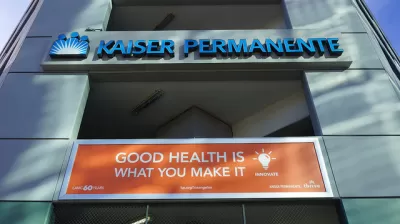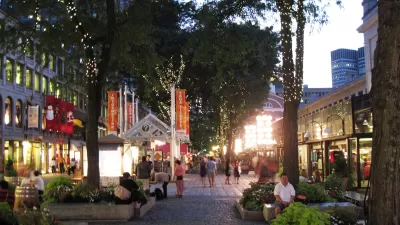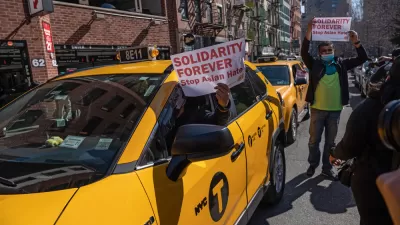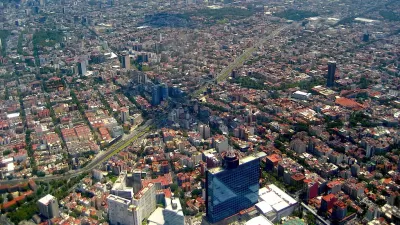A researcher at the University of Sydney in Australia offers three recommendations for planners to better negotiate the real world of politics and governance to help create healthier communities.

Jennifer Kent details three ways that urban planners can have a positive impact on public health. Writing from Australia, Kent's lessons apply easily to the United States and other countries around the world.
Although providing better infrastructure for walking and biking is a prime example of better planning producing better public health outcomes, Kent wants to focus on three les appreciated methods to promote better health.
Equity provides the overarching theme of the three recommendations that follow in the article. "Urban planners are well versed in the fundamentals of planning the equitable city," writes Kent. "But planners must work within the constraints of our political systems and prevailing approaches to government."
The three recommendations, with more detail and explanation included in the article, read as follows: 1) Play to emotions, 2) speak the language of money, and 3) enlist trusted figures.
FULL STORY: Working the system: 3 ways planners can defy the odds to promote good health for all of us

Trump Administration Could Effectively End Housing Voucher Program
Federal officials are eyeing major cuts to the Section 8 program that helps millions of low-income households pay rent.

Planetizen Federal Action Tracker
A weekly monitor of how Trump’s orders and actions are impacting planners and planning in America.

Ken Jennings Launches Transit Web Series
The Jeopardy champ wants you to ride public transit.

Crime Continues to Drop on Philly, San Francisco Transit Systems
SEPTA and BART both saw significant declines in violent crime in the first quarter of 2025.

How South LA Green Spaces Power Community Health and Hope
Green spaces like South L.A. Wetlands Park are helping South Los Angeles residents promote healthy lifestyles, build community, and advocate for improvements that reflect local needs in historically underserved neighborhoods.

Sacramento Plans ‘Quick-Build’ Road Safety Projects
The city wants to accelerate small-scale safety improvements that use low-cost equipment to make an impact at dangerous intersections.
Urban Design for Planners 1: Software Tools
This six-course series explores essential urban design concepts using open source software and equips planners with the tools they need to participate fully in the urban design process.
Planning for Universal Design
Learn the tools for implementing Universal Design in planning regulations.
Heyer Gruel & Associates PA
Ada County Highway District
Institute for Housing and Urban Development Studies (IHS)
City of Grandview
Harvard GSD Executive Education
Toledo-Lucas County Plan Commissions
Salt Lake City
NYU Wagner Graduate School of Public Service





























